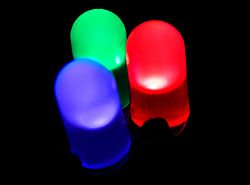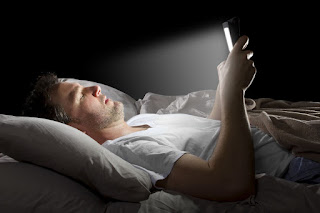What is LED (light emitting diode) ? LED's disadvantages, problems, and effects on human beings

LED is the most recommended light source nowadays. Apart from light bulbs, it is also used in the background light of electronic display screens, such as your smartphone 1 and computer monitors/screens 1 , etc. As LED is not too hot and energy saving, it is greatly promoted and is used to replace other more traditional light sources, such as fluorescent tubes, curlicue compact fluorescent light bulbs, and incandescent light bulbs. However, it is exactly because LED lights produce a fair amount of light in the blue spectrum 4 (or called ‘blue light’), that they are so bright! There is no free lunch in this world; we may be paying a price 4 to use LED. According to a research paper called ‘The Effects of Blue Light On Ocular Health’ 5 , written by Elaine Kitchel of the American Printing House for the Blind, the wavelength of blue light is ‘near UV’ 5 : http://www.tsbvi.edu/instructional-resources/62-family-engagement/36...


